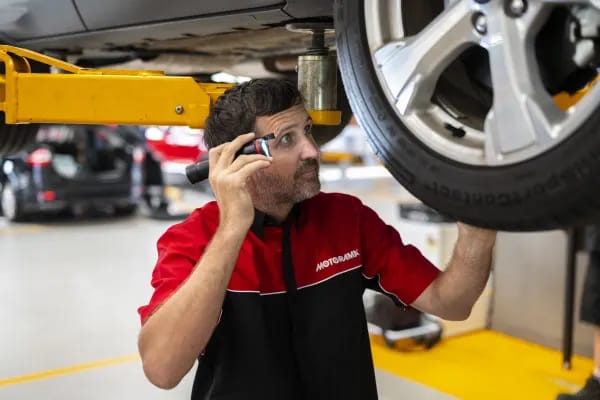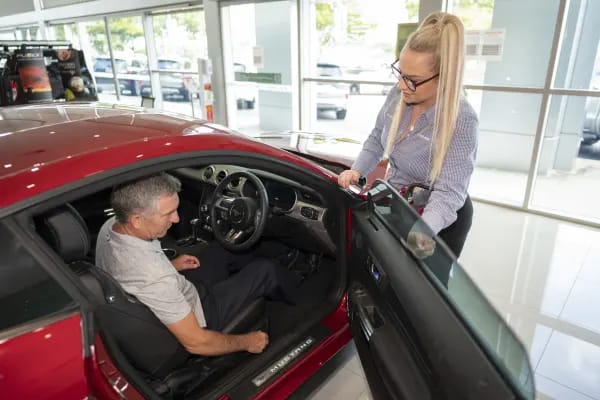
Driving to the conditions
Posted in Motoring Tips
Driving to the conditions
It’s easy to be a confident driver on a nice sealed road with not much traffic.
But what about when the conditions suddenly change?
When the road is clear, the sun is out and your feeling alert, it’s easy to make assertive decisions while driving. When the weather shifts or the road suddenly is congested, people become less confident and tend to make rash decisions because they’re stressed. We took a look at the most common conditions where drivers seem to get into trouble.
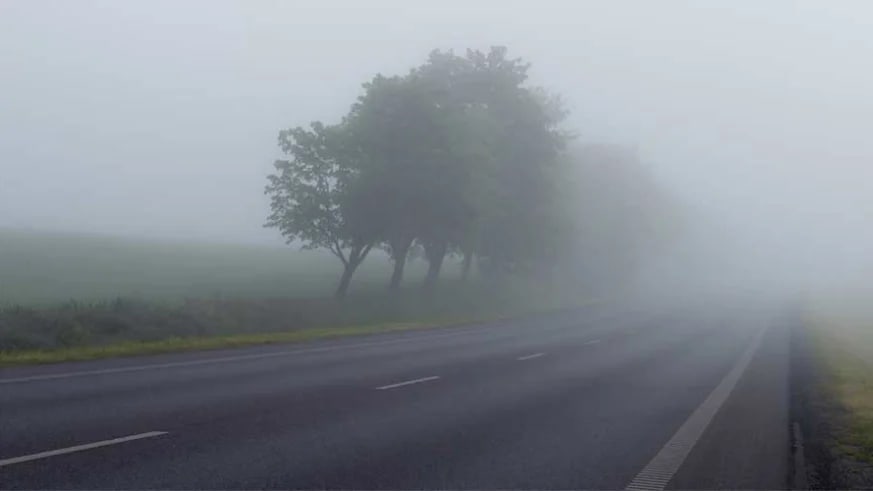
FOG
Fog is usually settling as people hit the roads in the morning to head to work, so you have a combination of people needing to be somewhere and lower than usual visibility.
The biggest mistake drivers’ make is to leave their lights off because they can see far enough in front of them, and continue with their usual morning commute. Or they’ll blast their high beams and think that it’s fine to do the speed limit because they’re so visible now.
Fog, though, is made up of little water droplets that reflect light, so your vision may be further impaired by using full beam.
The best way to drive in fog is to switch on your low beams, as this may turn on your front fog lamps, travel slightly under the speed limit – leaving a safe distance (the length of two cars if you can) between any vehicles in front of you – and try to limit any sudden lane changes or manoeuvres (e.g. overtaking) unless necessary.
Another tip is to turn on your demister in the car. Because of the increased moisture on the outside of the car, your windscreen is prone to gradually fogging up which will limit your line of sight even more.
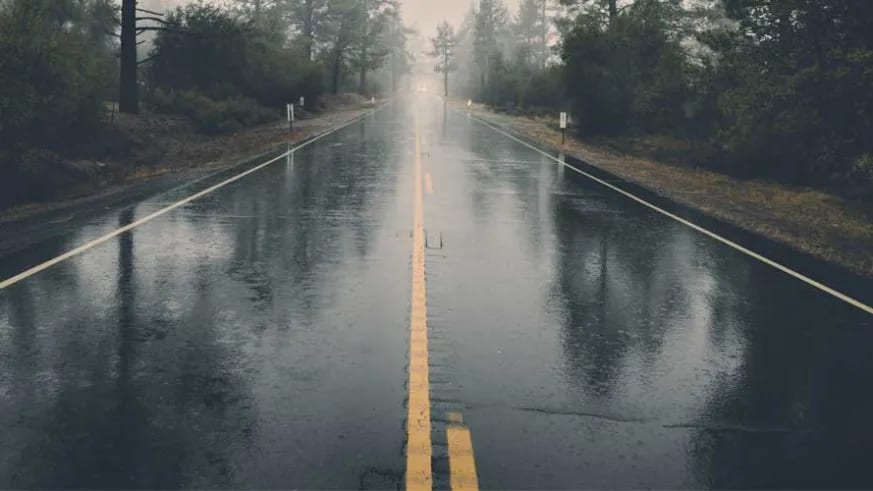
RAIN
When it starts to rain, people tend to get stressed because of the limited visibility and make snap decisions to try and get undercover faster. Especially in a big downpour, when the wipers are working overtime, people are often in a hurry to get indoors.
Drivers are often caught out in the rain and tend to pick up the pace in order to get undercover and get impatient on the road. Like anything done in a rush, it usually leads to mistakes.
It’s important to remember that the surface of the road is fundamentally changed in the wet, so your tyres have less grip; it will take longer to stop and any corrective driving manoeuvres will be more difficult to judge.
Make sure you slow down to below the speed limit if necessary, remembering that your brakes will be working overtime to compensate for the reduced grip. Turn your lights on, in heavy rain you may need to increase the brightness to high (but not high beam), even if you can see – it’s for other drivers to spot you as well.
Obviously, if it’s flooded, forget it; but if you see a small pool of water on the road, don’t try and get through it at the same speed your travelling along at. Slow down because you don’t know what the road condition is underneath the water, but also because you might start to aquaplane as your tyres lose contact with the surface of the road and you could end up losing control of your vehicle.
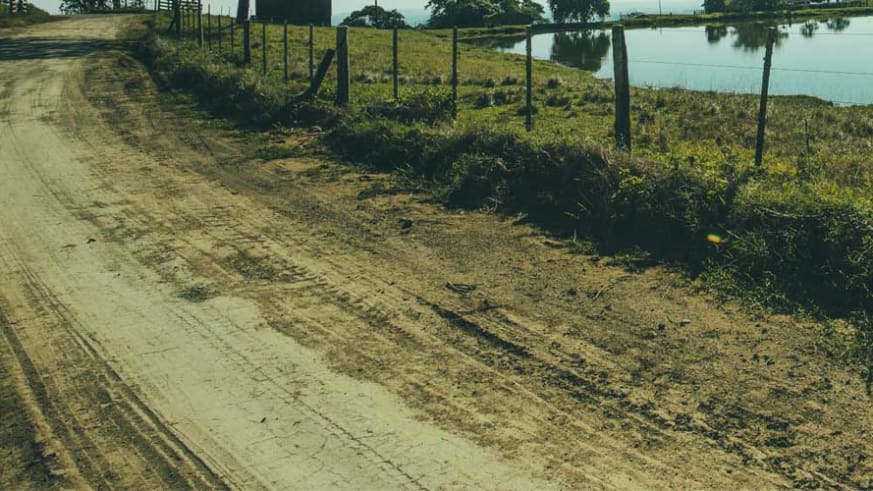
UNSEALED ROADS
Sometimes where you want to go isn’t accessible from a sealed road, so it’s necessary to get off the bitumen and onto the dirt.
This presents different challenges, and increased dangers for over-confident drivers.
First, it’s important that your car is capable of taking it off the blacktop. While most well maintained vehicles are able to get onto a dirt track, not all will be particularly suited to making the journey comfortably and reliably. That’s not to say you have to go out and buy the biggest 4X4 truck just for the occasional weekend out to the country, or that you’ll be tackling the roughest off-road tracks in your small hatchback.
Unsealed gravel and dirt roads are harsher on the tyres and suspension; so sporty cars will often suffer if they’re fitted with big rims and firm suspensions. Some will even have a lower ground clearance (as standard, or compared to a ‘regular’ model), which isn’t great news for any sharp bits sticking out of the ground or flying up from the wheels.
A car with high profile tyres (more ‘wheel’ rubber between the road and the rims) will be able to absorb a bit of the vibration, and if your car has a ‘comfort’ setting for the suspension that can help even more. Most passenger cars are set up to absorb bumps and rattles, but some will make it feel a bit more plush than others.

SERVICING
It’s important to keep your car regularly serviced and maintained, because if the car is shaken up while a part or accessory is on its last legs, it could be the last straw that causes it to break – worst case, you could end up stranded on an road in the middle of nowhere then stung for the cost of a tow truck to the nearest service centre if you don’t have roadside assistance.
Make sure your brakes and tyres are in good working order, because stopping distance is increased on unsealed roads. It’s also important to note that just because an unsealed road has less traffic, you shouldn’t floor it. There are speed limits that apply, up to 100km/h in Queensland, but if the track isn’t in the best condition then drive to the appropriate speed limit.
The main takeaway we can give you is to maintain confidence in your driving (but not over-confidence!) and just use common sense like slowing down if you’re not sure what the conditions will be doing to the road up ahead and not pulling any sudden manoeuvres unless it’s an emergency.

